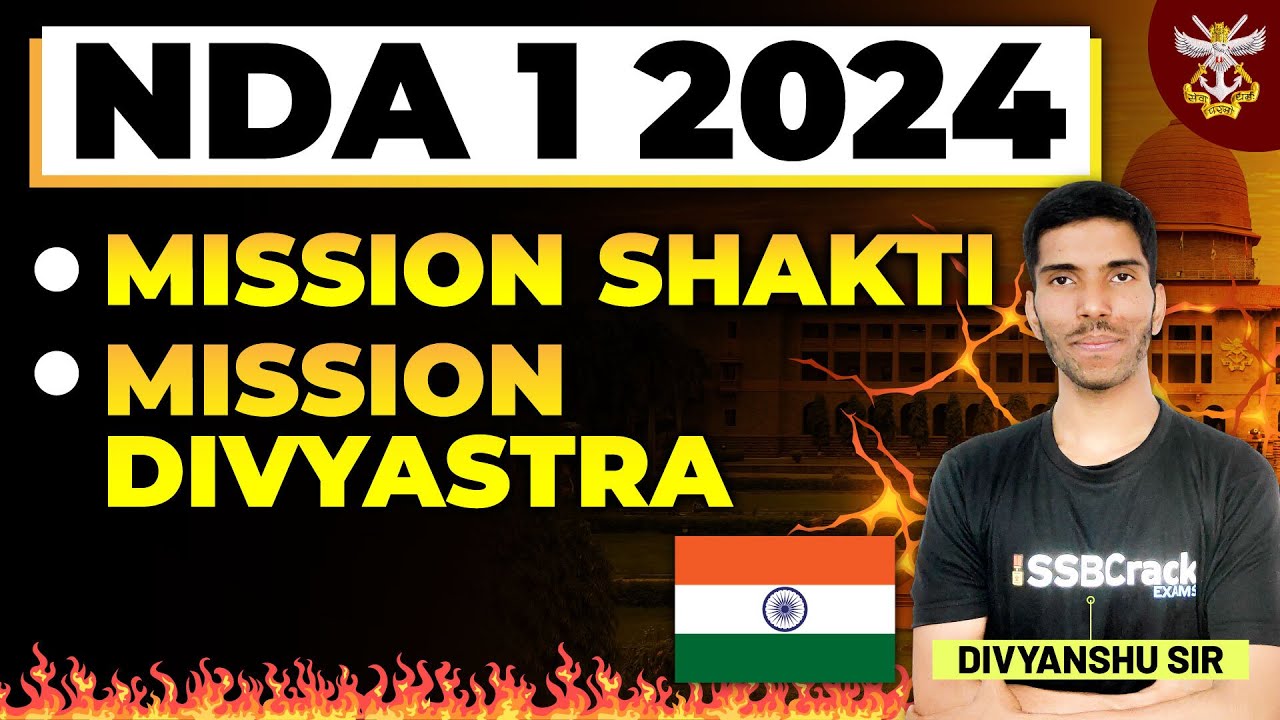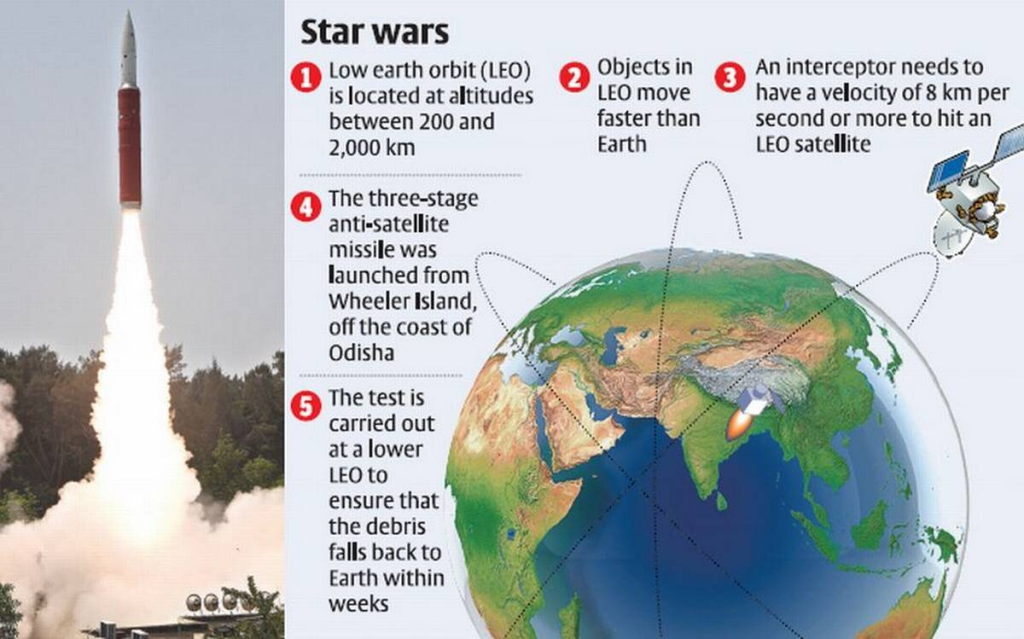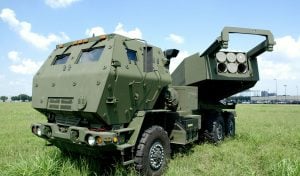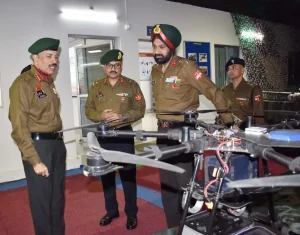Mission Shakti & Mission Divyastra of Bharat are the two successful mission of Bharat.
NDA 1 2024 Mission Shakti & Mission Divyastra of Bharat
At a time when India is focusing on Atmanirbharta in the defence sector, the Defence Research and Development Organisation (DRDO) has tested the Agni 5ballistic missile with Multiple Independently Targetable Reentry Vehicle (MIRV) technology. This was announced by Prime Minister Narendra Modi on Monday with a congratulatory message to scientists at DRDO. The announcement came just a day before the Bharat Shakti event on Tuesday where India is going to showcase its indigenous capabilities. Indigenous equipment and platforms of all three forces will be a part of this mega demonstration.
While DRDO has conducted tests of the Agni-5 missile in the past and is already working on Agni-6, the latest test makes it unique as it has been done with MIRV. With the test, India has also entered into the elite club of nations that have this technology.
The Prime Minister termed the project Mission Divyastra, which was headed by a woman.
“I look forward to being in Pokhran later today. This place has an emotional attachment with every Indian. In Pokhran, I will have the opportunity to witness a demonstration of indigenous defence capabilities in a Tri-Services Live Fire and Manoeuvre Exercise. I am glad that this programme will feature weapon systems and more which are vital in the quest to make India self-reliant in defence,” PM Modi posted on X (formerly Twitter) on Tuesday.
WHAT IS MIRV?
A regular ballistic missile carries a single warhead. It means that once fired, it can hit just one target. However, with MIRV, the missile can carry several warheads housed in separate reentry vehicles.
These reentry vehicles are equipped with guidance systems that allow the warhead to go on different trajectories, thus making it more impactful. Experts say that based on need and impact, it can be employed for both same and different targets.
PAKISTAN TESTING TECHNOLOGY
While there are some unconfirmed reports of Pakistan successfully testing the technology in 2017, experts say it has not achieved it yet.
Furthermore, China along with the US, UK, France, and Russia are the only countries capable of using MIRV.
POKHRAN TO SEE MEGA EVENT ON CAPABILITIES
On the other hand, Pokhran is going to host the biggest-ever exercise of indigenous equipment by all three forces. As per the Indian Army, the event will have the participation of indigenous equipment of all three forces.
The Prime Minister will be a big part of the mega event that will last 50 minutes.
According to Major General CS Mann, ADG Army Design Bureau (ADB), “There will be integrated special operations where MARCOS from the Indian Navy, Garuds of the Indian Air Force, and Para SF Commandos of the Indian Army will take part.”
MISSION SHAKTI
India has tested the Anti-Satellite System(A-SAT) from Dr A P J Abdul Kalam Island, formerly known as Wheeler Island, an island off the coast of Odisha.
- The test was named as Mission Shakti.
- It has successfully destroyed a live satellite in the Low Earth Orbit(an altitude of 300 km).
- With this test India is now in the league of three countries after the U.S., Russia, and China to have such technology.
Anti-satellite (ASAT) System
- It is missile-based system to attack moving satellites.
- It is of 2 kinds— based on launching from the ground or from planes.
- Defence Research and Development Organisation (DRDO) has -developed Anti-satellite (ASAT)completely indigenously.
Significance
- A large number of crucial applications are now satellite-based. These include navigation systems, communication networks, broadcasting, banking systems, stock markets, weather forecasting, disaster management, land and ocean mapping and monitoring tools, and military applications.
- Destroying a satellite would render these applications useless. It can cripple enemy infrastructure, and without causing any threat to human lives.
- It was aimed at strengthening the capability to safeguard space assets and India’s overall security.





















